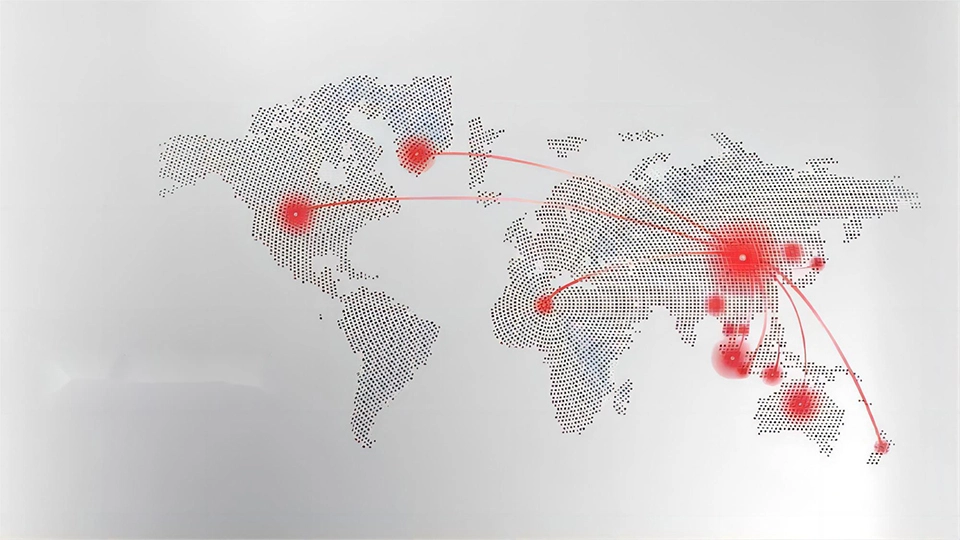Transforming Ideas into Reality
Our prototyping services offer a range of solutions including 3D printing, CNC machining, silicone vacuum casting, and rapid prototype mold. With these advanced technologies, as a prototyping manufacturer, we help bring your concepts to life, enabling you to test and refine your designs quickly and efficiently.
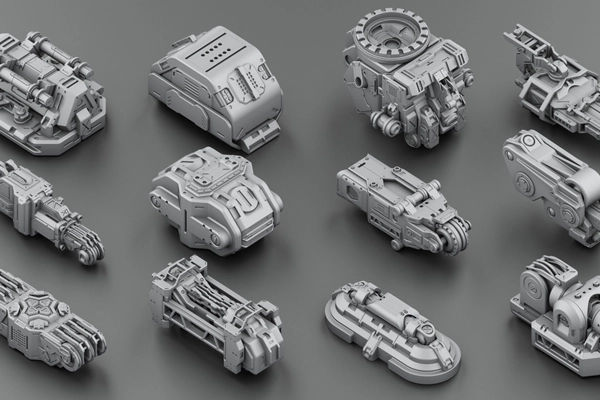
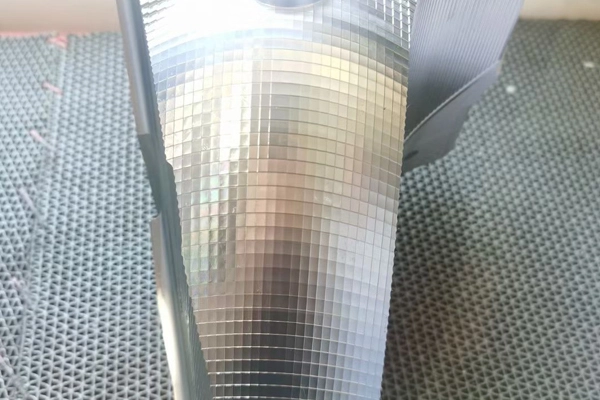
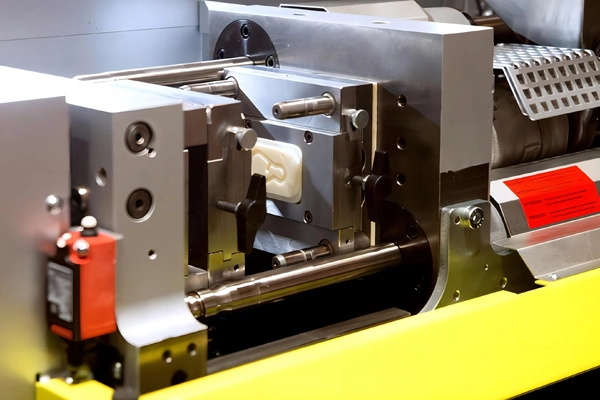

Custom prototyping has numerous applications across various industries. It is commonly used in product development to validate and refine designs before full-scale production. Custom prototyping allows for testing functionality, ergonomics, and aesthetics, enabling iterative improvements. Custom prototyping is widely employed in fields such as automotive, aerospace, consumer electronics, and healthcare. With prototyping, companies can reduce development time, mitigate risks, and ensure a successful product launch.

Prototyping is experiencing several trends and innovations that are shaping the industry. Here are some key points:
1. Rapid Prototyping: The adoption of rapid prototyping techniques, such as 3D printing and digital prototyping, allows for faster and more cost-effective development cycles [4].
2. Iterative Design: Prototyping is being used to facilitate iterative design processes, enabling designers to quickly test and refine their ideas [1].
3. Collaborative Prototyping: Tools and technologies that support collaborative prototyping, such as online platforms and virtual reality, are gaining popularity [4].
4. Integration of IoT and Electronics: Prototyping is now incorporating the integration of Internet of Things (IoT) devices and electronics, enabling the development of smart and connected products.
5. Material Innovations: New materials, such as biodegradable and flexible materials, are being introduced in prototyping, expanding the possibilities for product development [4].
These trends and innovations are driving advancements in prototyping, making it an essential tool for idea development and innovation in various industries [2].
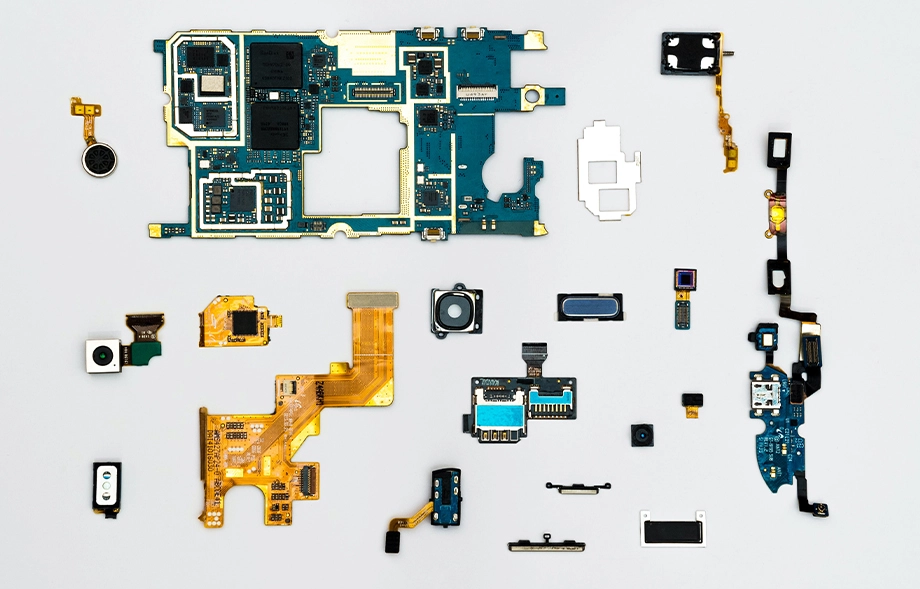
Prototyping is experiencing several trends and innovations that are shaping the industry. Here are some key points:
1. Rapid Prototyping: The adoption of rapid prototyping techniques, such as 3D printing and digital prototyping, allows for faster and more cost-effective development cycles.
2. Iterative Design: Prototyping is being used to facilitate iterative design processes, enabling designers to quickly test and refine their ideas.
3. Collaborative Prototyping: Tools and technologies that support collaborative prototyping, such as online platforms and virtual reality, are gaining popularity.
4. Integration of IoT and Electronics: Prototyping is now incorporating the integration of Internet of Things (IoT) devices and electronics, enabling the development of smart and connected products.
5. Material Innovations: New materials, such as biodegradable and flexible materials, are being introduced in prototyping, expanding the possibilities for product development.
These trends and innovations are driving advancements in prototyping, making it an essential tool for idea development and innovation in various industries.
